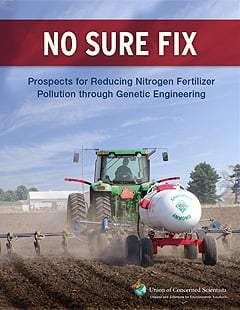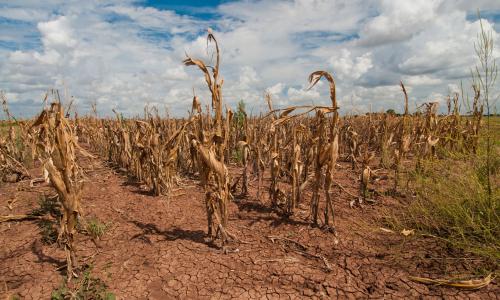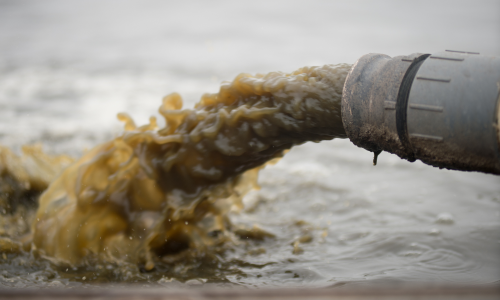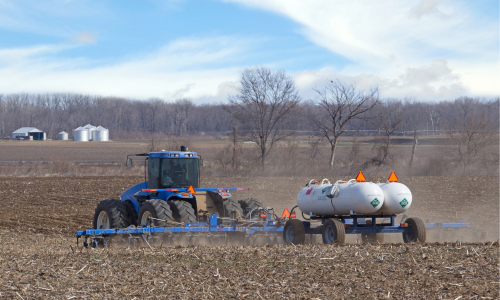Agricultural operations currently apply massive amounts of synthetic nitrogen fertilizer to crops—more than what the plants can actually use. Much of the excess nitrogen escapes from the farm and becomes a major component of global pollution, contributing to global warming, acid rain, and “dead zones” in the ocean.
Genetic engineering (GE) that would enable crops to use nitrogen more efficiently has been proposed as a way of reducing nitrogen pollution while maintaining or increasing the productivity needed to feed an increasing global population. However, in No Sure Fix, the Union of Concerned Scientists finds that GE has yet to produce any crops capable of achieving this goal, despite increasing research efforts over the past decade. Preliminary results for several genes show some promise, but the prospects for their commercial use are uncertain due to the complexity of nitrogen metabolism and genetics in crops.
Meanwhile, traditional plant breeding and other methods have shown success in increasing crops’ nitrogen use efficiency, but are currently neglected compared with GE. Reducing nitrogen pollution from agriculture while increasing crop yields is a challenge that will require increased support for multiple, complementary approaches including traditional breeding, cover crops, and precision farming.






